The rise of fast food, takeout and other industries has led to the ubiquity of disposable meal boxes. According to industry statistics, more than 1 million tons of takeaway meal boxes are used across the country every year. How to reduce the environmental pollution caused by these disposable lunch boxes? How to recycle disposable lunch boxes? It has become a problem that people urgently want to solve. With the support of Meituan Qingshan Technology Fund, Green Cycle has been developed together with partners in the industry chain such as Meituan, Donghua University, Li Ning, Mengtai High-tech and Kingfisher of the UK. It recycles used lunch boxes and performs efficient cleaning and sorting. , produces high-quality recycled PP, which is modified and used to prepare ultra-fine polypropylene fiber, and successfully made the world’s first quick-drying fabric and T-shirt garments.
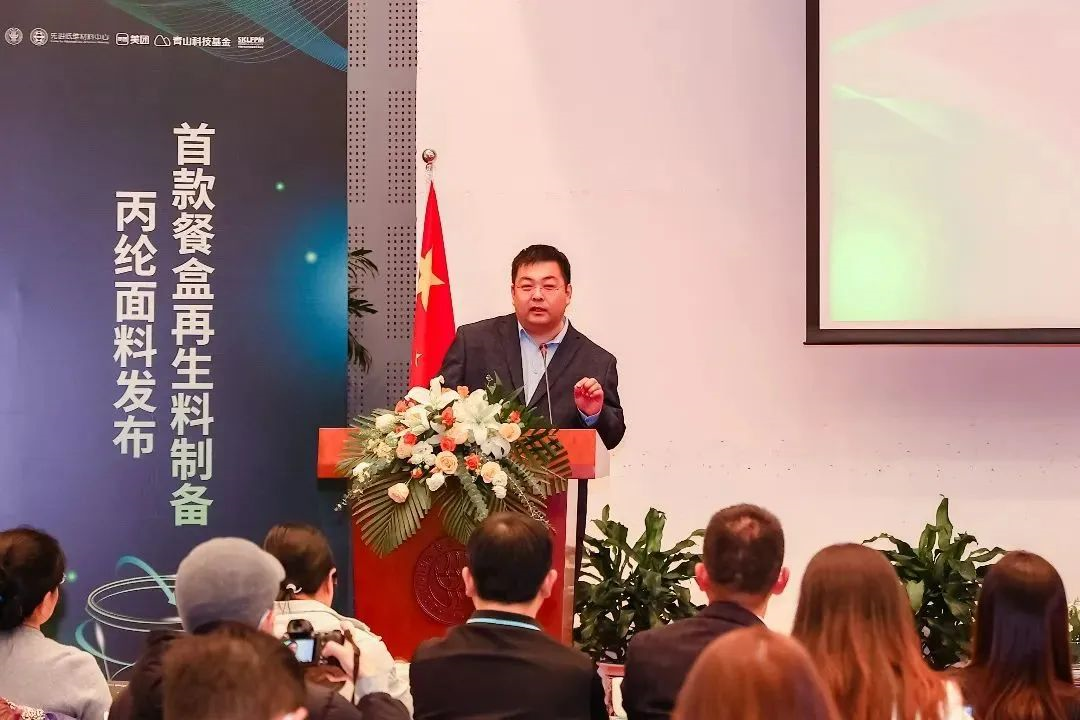
▲Project leader Li Bin reported on the project progress
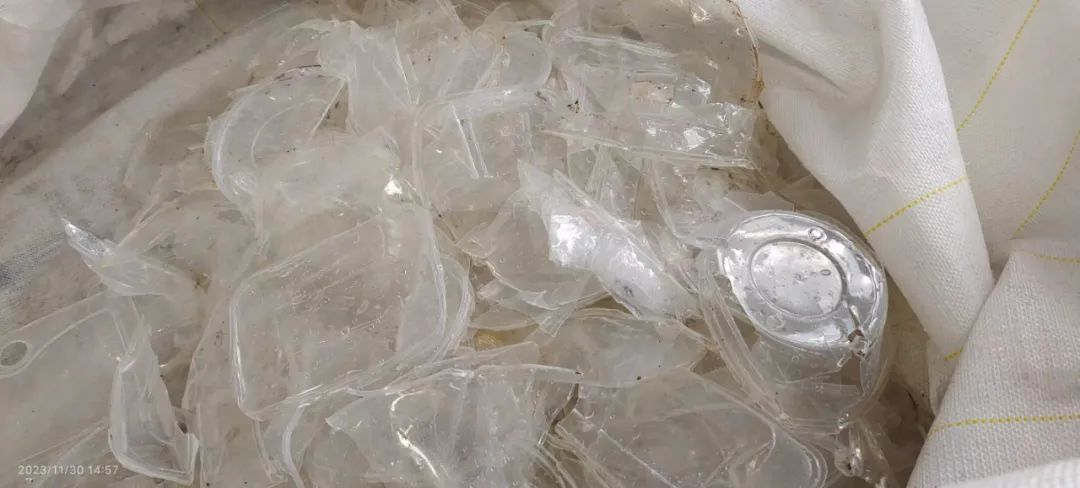
▲ Green recycling waste lunch boxes
The biggest difficulty in recycling waste plastics is sorting and purification. In view of the characteristics of waste lunch boxes, Green Cycle has specially developed a cleaning and sorting process to remove impurities, black spots, oil stains and other foreign matter in lunch boxes, improve the recycling quality of waste lunch boxes, and successfully unlock the application of spinning and recycling of waste lunch boxes. The application scenario of fabric production has opened up the technical route of “recycled lunch boxes – slicing – granulation – drawing – weaving – clothing making”, realizing recycling from lunch boxes to T-shirts, which can be said to be “turning waste into treasure”. Recycled T-shirts are no different from ordinary T-shirts and have quick-drying properties.
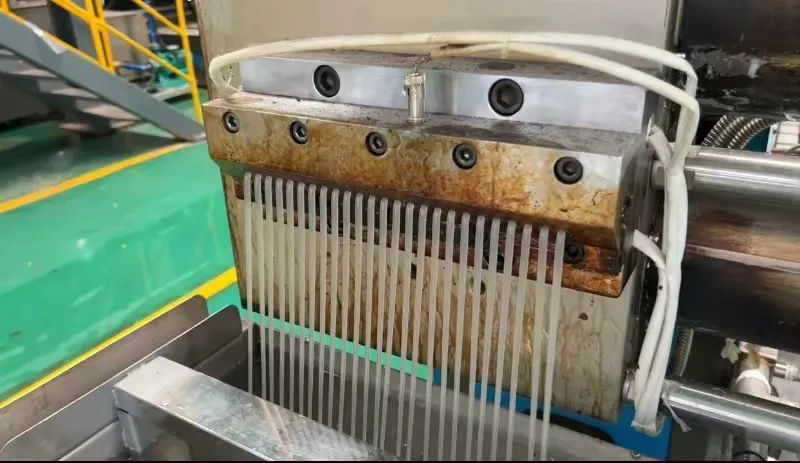
▲ Green cycle waste lunch box recycling processing
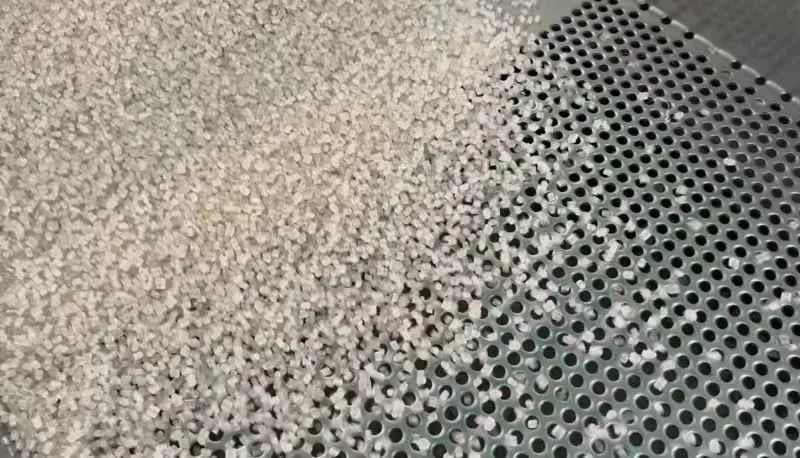
▲ Recycled lunch box PP particles
From take-out lunch boxes to quick-drying T-shirts, behind this magical material cycle is Green Cycle, which has joined hands with take-out platforms, fabric processing companies, designers and brands, as well as material scientists to open up this technical route and make the first The advent of low-carbon polypropylene fabrics made from recycled lunch box materials provides a high-value recycling scenario for take-out lunch boxes, which also reduces carbon footprint and environmental pollution accordingly.
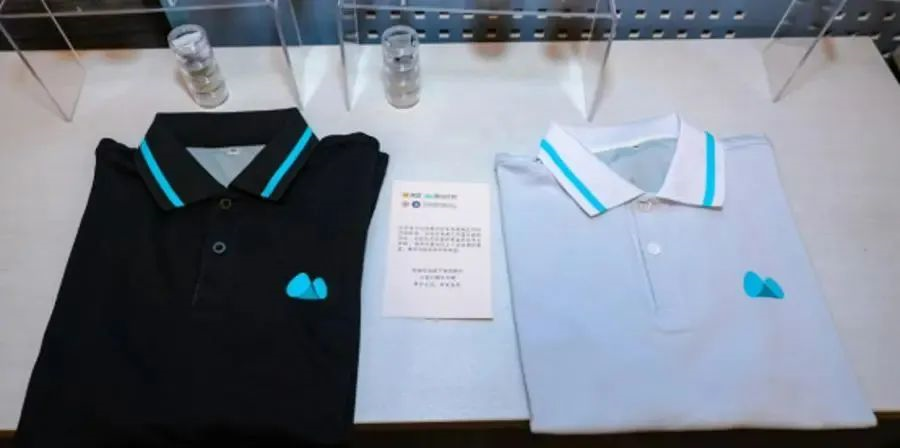
▲ Low-carbon polypropylene fabric garments made from waste lunch box plastic
“While giving new life to recycled lunch box materials, this project also provides a new sustainable development solution for the textile fabric industry.” Fang Weimin, Vice President of Management System of TUV Rheinland Greater China, analyzed, “We provide recycled lunch box materials with new life. Corresponding third-party carbon accounting was conducted, and the results showed that compared with virgin materials, the carbon reduction can reach 73%, and the carbon reduction effect is very obvious.” Therefore, polypropylene fabrics prepared from recycled lunch box materials are inherently low-carbon. It is expected to become a sustainable textile fabric on par with recycled polyester, the incarnation of used beverage bottles, and is favored by designers and brands.
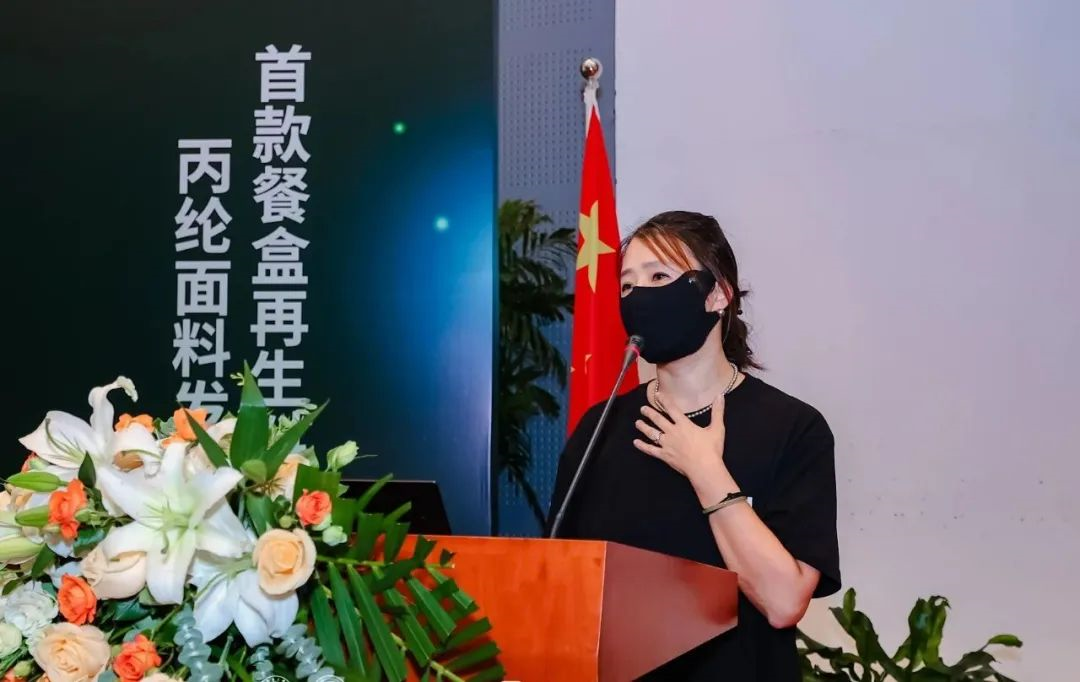
▲ Xu Jiayun, Director of Sustainability of Coca-Cola, delivers a speech
It is also worth mentioning that improving the application value of lunch boxes after recycling will also greatly increase the recycling ratio of used lunch boxes. “We are committed to promoting the green and low-carbon development of the takeout industry. Waste lunch boxes can be converted into recycled polypropylene fabrics, which provides a new way to reduce lunch box pollution and create new experiences for consumers.” Tian Jin, Project Director of Meituan Qingshan Plan He expressed that he would continue to strongly support such innovative projects and contribute to the development of circular economy.
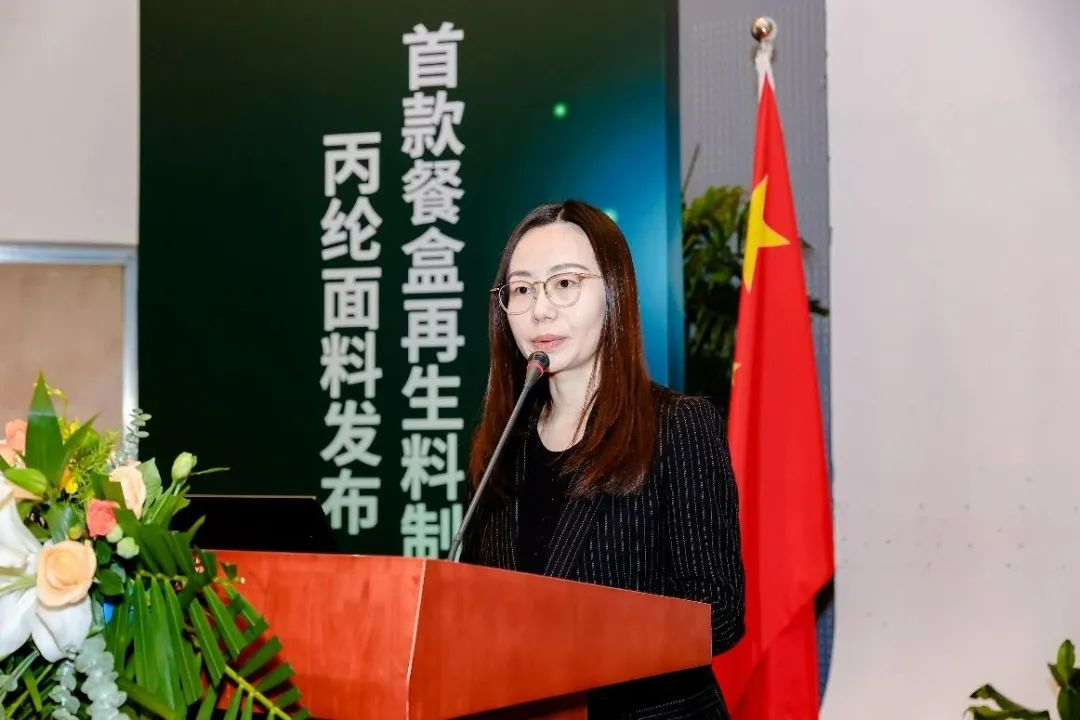
▲ Tian Jin, project director of Meituan Qingshan Plan, delivered a speech
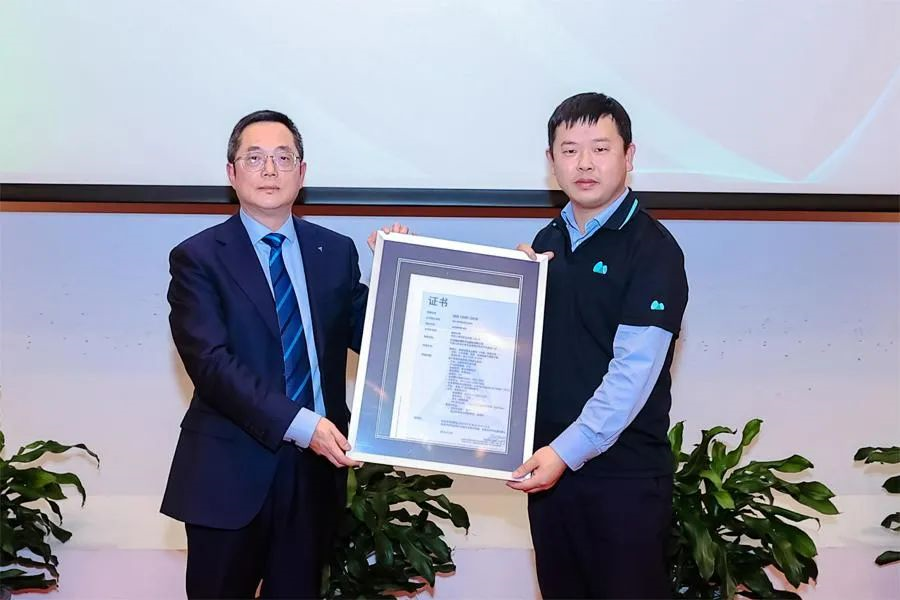
▲ Greencycle Chairman Qin Yufei wore a quick-drying T-shirt to receive the low-carbon certificate

 微信扫一扫打赏
微信扫一扫打赏

